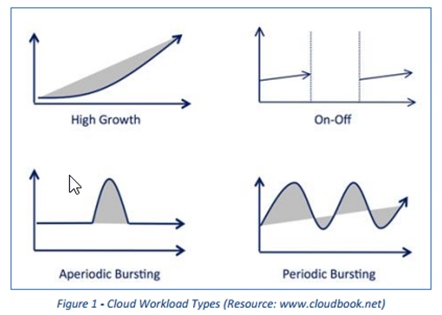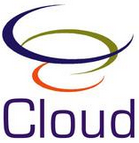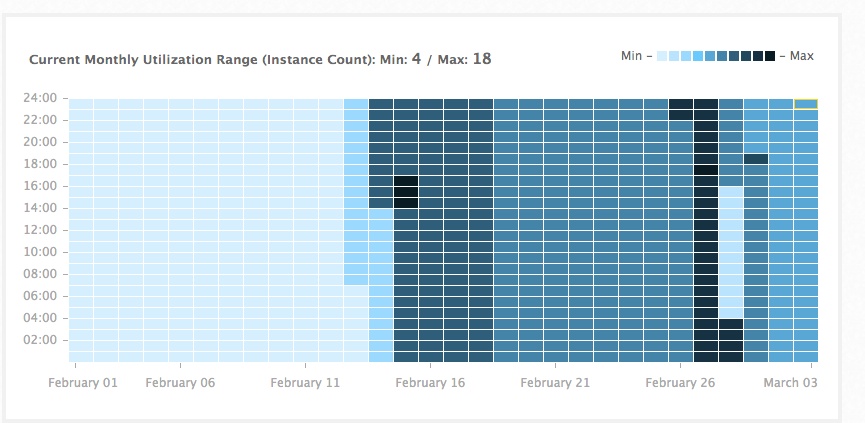Ravello Systems: The MVNO of Cloud
 The cloud market is young, despite AWS’ growth and current worth of a few billion dollars. Most of the enterprise’s IT resources are still hosted on the organizational premise of using VMware hypervisor. The enterprise hybrid cloud challenge is hidden in the cloud utility model’s basic notion of hardware as software, whereas legacy application performance and usages are still based on physical resources capabilities. This difference is the greatest factor when it comes to discussing the evolution pace of the `enterprise grade cloud`. The CIO today is required to show cloud adoption and IT operations’ efficiency. This is consequentially triggering new startups to evolve in efforts to facilitate IT resources to close this existing gap. What follows is a story of such a startup that, in my opinion, has a real chance at becoming a leader in this intermediary cloud adoption phase and the hybrid cloud ultimate enabler, Ravello Systems.
The cloud market is young, despite AWS’ growth and current worth of a few billion dollars. Most of the enterprise’s IT resources are still hosted on the organizational premise of using VMware hypervisor. The enterprise hybrid cloud challenge is hidden in the cloud utility model’s basic notion of hardware as software, whereas legacy application performance and usages are still based on physical resources capabilities. This difference is the greatest factor when it comes to discussing the evolution pace of the `enterprise grade cloud`. The CIO today is required to show cloud adoption and IT operations’ efficiency. This is consequentially triggering new startups to evolve in efforts to facilitate IT resources to close this existing gap. What follows is a story of such a startup that, in my opinion, has a real chance at becoming a leader in this intermediary cloud adoption phase and the hybrid cloud ultimate enabler, Ravello Systems.
 While investing in building new data centers all over the world and creating the management overlay in order to be able to sell their hardware, IaaS operators are also relying on their ecosystem to support the evolving enterprises that go to the cloud (e.g. the “Enterprise Grade Cloud”).
While investing in building new data centers all over the world and creating the management overlay in order to be able to sell their hardware, IaaS operators are also relying on their ecosystem to support the evolving enterprises that go to the cloud (e.g. the “Enterprise Grade Cloud”). The benefits of migrating workloads between different cloud providers or between private and public clouds can only truly be redeemed with an understanding of the cloud business model and cloud workload management. It seems that cloud adoption has reached the phase where advanced cloud users are creating their own
The benefits of migrating workloads between different cloud providers or between private and public clouds can only truly be redeemed with an understanding of the cloud business model and cloud workload management. It seems that cloud adoption has reached the phase where advanced cloud users are creating their own 

 The three layers of cloud computing IaaS, PaaS and SaaS occupy the headlines with significant capabilities undergo continuous improvement to host services in the cloud. This growing market is slowly changing so that offered services will become generic. The current evolving struggle is the deployment and management of SaaS applications in the cloud,
The three layers of cloud computing IaaS, PaaS and SaaS occupy the headlines with significant capabilities undergo continuous improvement to host services in the cloud. This growing market is slowly changing so that offered services will become generic. The current evolving struggle is the deployment and management of SaaS applications in the cloud,